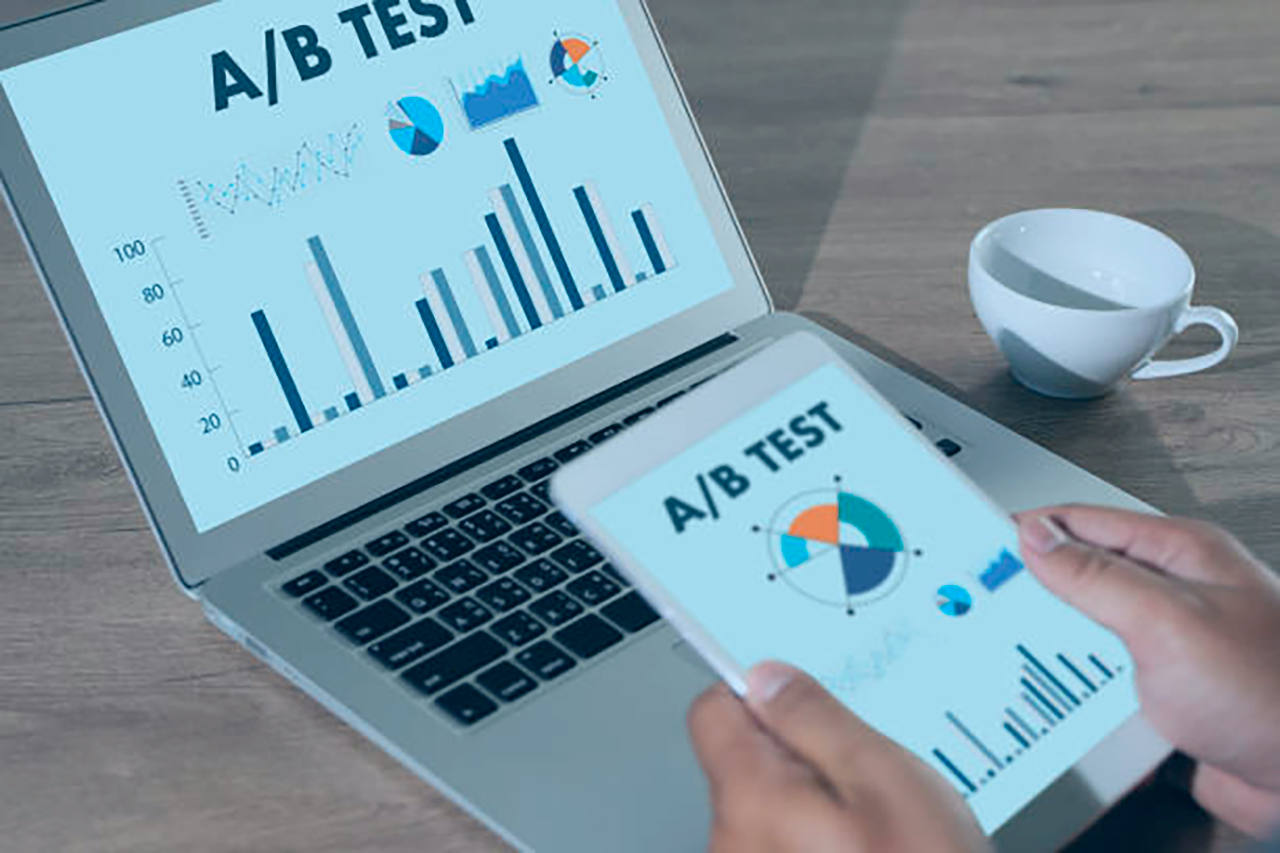Email marketing is a highly effective way of promoting a business and engaging with customers. However, with so many emails being sent every day, it’s important to ensure that your emails stand out and achieve the desired results. That’s where A/B testing comes in. A/B testing, also known as split testing, is a method of testing different variations of an email to determine which performs better. In this blog post, we’ll explore the importance of A/B testing in email marketing, how to set up tests, analyze results, and use the insights to improve your campaigns.
Why is A/B Testing Important in Email Marketing?
A/B testing is crucial in email marketing because it enables marketers to make data-driven decisions based on real-world results. By testing different variations of an email, marketers can identify what works best for their audience and optimize future campaigns accordingly. Without A/B testing, marketers would be left guessing what their audience prefers, which can lead to ineffective campaigns and wasted resources.
How to Set up A/B Tests in Email Marketing
Setting up A/B tests in email marketing is relatively simple. Here are the steps you need to follow:
- Define your goal: Before setting up an A/B test, you need to define your goal. What do you want to achieve with your email? Is it to increase open rates, click-through rates, conversions, or something else?
- Determine your variables: Once you’ve defined your goal, you need to determine what variables you want to test. For example, you could test different subject lines, email copy, images, or calls-to-action.
- Segment your audience: To ensure accurate results, you need to segment your audience into two equal groups. You can either do this randomly or based on specific criteria, such as geographic location or purchase history.
- Create your variations: Next, you need to create your variations. You should have two versions of your email that differ only in the variable you want to test. For example, if you’re testing subject lines, you should have two subject lines that are otherwise identical.
- Test your variations: Once you’ve created your variations, you can test them by sending each version to its respective audience segment. You should send the emails at the same time and on the same day to ensure consistency.
- Analyze your results: Finally, you need to analyze your results. Look at your open rates, click-through rates, conversions, or whatever metric you’re testing. Determine which version performed better and use that information to optimize future campaigns.
Types of Tests in Email Marketing
There are many types of tests you can run in email marketing. Here are some of the most common:
- Subject line: Testing subject lines is one of the most popular types of A/B tests in email marketing. By testing different subject lines, you can determine what type of language resonates with your audience and leads to higher open rates.
- Email copy: Testing email copy is another popular type of A/B test. By testing different copy, you can determine what tone, voice, and messaging resonates with your audience and leads to higher click-through rates.
- Call-to-action: Testing calls-to-action is important because it’s often the final step in the customer journey. By testing different calls-to-action, you can determine what type of language and design leads to higher conversion rates.
Newsletter Services with Built-in A/B Testing Functionality
Most of today’s newsletter services recognize the importance of A/B testing and have built-in functionality for testing email elements. This makes it easy for marketers to set up and analyze A/B tests without having to use separate testing tools. Here are five examples of newsletter services that offer A/B testing functionality:
- Mailchimp: Mailchimp is a popular email marketing platform that offers A/B testing for subject lines, send times, and content.
- Campaign Monitor: Campaign Monitor is another email marketing platform that offers A/B testing for subject lines, send times, and content, as well as for email designs.
- Constant Contact: Constant Contact is a newsletter service that provides A/B testing for subject lines, send times, and content.
- GetResponse: GetResponse is an email marketing platform that allows A/B testing for subject lines, send times, and email content.
- AWeber: AWeber is an email marketing tool that offers A/B testing for subject lines and email content.
Using a newsletter service with built-in A/B testing functionality can save marketers time and streamline their testing process. Additionally, many of these services provide data analysis and insights to help marketers make informed decisions about their email campaigns. By taking advantage of these tools, marketers can improve the effectiveness of their email campaigns and achieve better results.
Three Use Cases of A/B Testing in Email Marketing
- Subject Line Testing for Higher Open Rates: A clothing retailer wanted to increase open rates for their promotional emails. They tested two subject lines: “Huge Sale!” and “Exclusive Offer for Our VIPs.” The latter subject line had a 42% higher open rate than the former. The retailer used this information to optimize future email campaigns by creating more personalized subject lines that appealed to their VIP customers.
- Email Copy Testing for Higher Click-through Rates: A software company wanted to increase click-through rates for their product announcement emails. They tested two versions of their email copy: one with a detailed product description and one with a shorter, more concise description. The shorter description resulted in a 28% higher click-through rate. The company used this information to optimize future emails with shorter, more concise descriptions that better engaged their audience.
- Call-to-Action Testing for Higher Conversions: An e-commerce retailer wanted to increase conversions for their abandoned cart emails. They tested two versions of their call-to-action: one with a simple “Complete Your Purchase” button and one with a more descriptive “Finish Buying Now and Get 10% Off Your Order” button. The latter resulted in a 38% higher conversion rate. The retailer used this information to optimize future abandoned cart emails with more compelling calls-to-action that incentivized customers to complete their purchases.
Conclusion
A/B testing is an essential tool for email marketers looking to optimize their campaigns and achieve better results. By testing different variables, such as subject lines, email copy, and calls-to-action, marketers can gain insights into what works best for their audience and use that information to improve future campaigns.
It’s important to remember that A/B testing is an ongoing process, and the insights gained should be used to continuously optimize and improve email campaigns over time. By taking the time to set up A/B tests and analyze the results, marketers can increase engagement, conversions, and ultimately, revenue.

